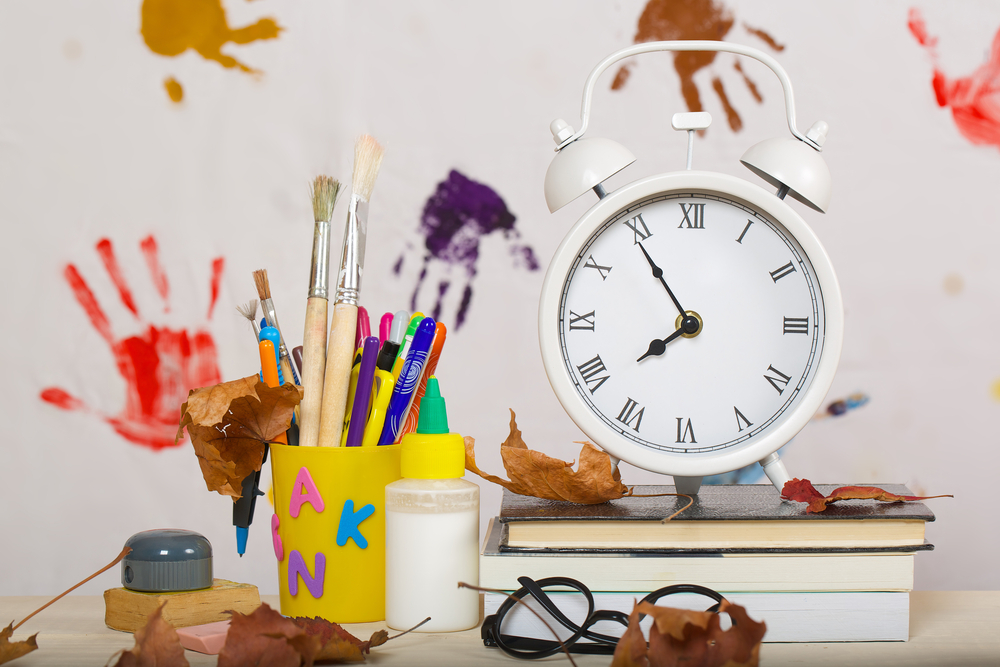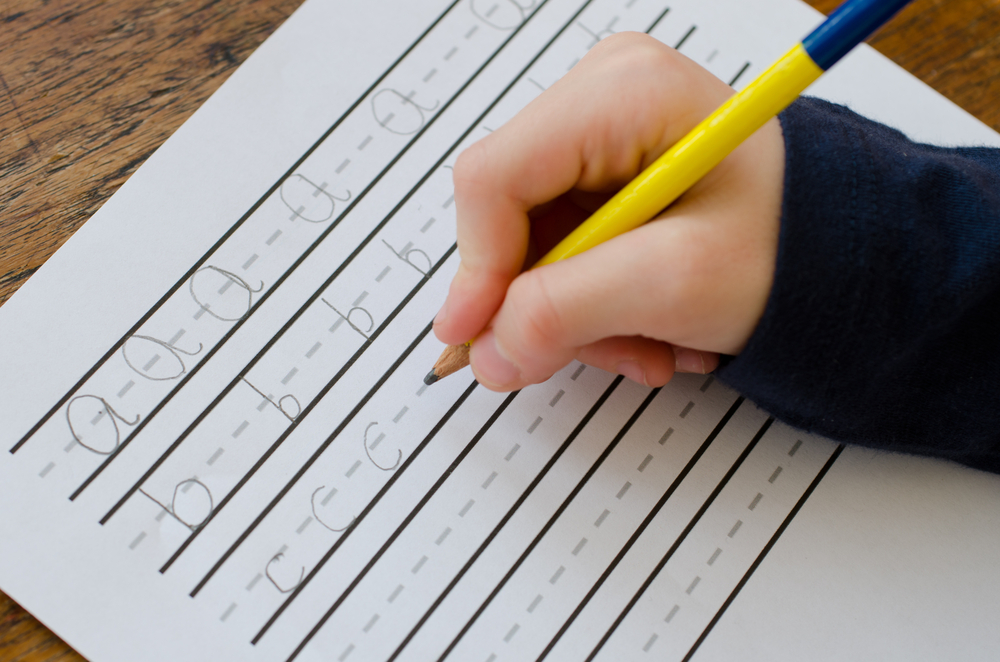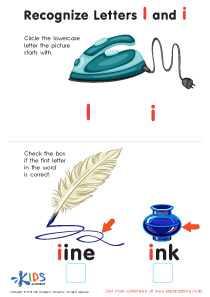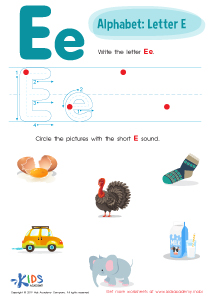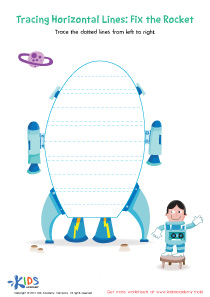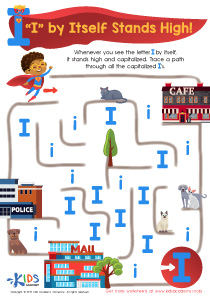Handwriting improvement Normal Alphabet Worksheets for Ages 3-9
6 filtered results
-
From - To
Enhance your child's handwriting skills with our engaging Normal Alphabet Worksheets, specifically designed for ages 3-9. These worksheets offer an interactive approach to learning letters, helping young learners develop proper writing techniques through tracing and practicing. Each page features fun, age-appropriate activities that encourage fine motor skills and letter recognition, enabling children to gain confidence in their handwriting. Perfect for home or classroom use, our worksheets cater to various skill levels, ensuring every child can improve at their own pace. Download these resources to make learning handwriting enjoyable and effective, setting a strong foundation for future literacy skills!
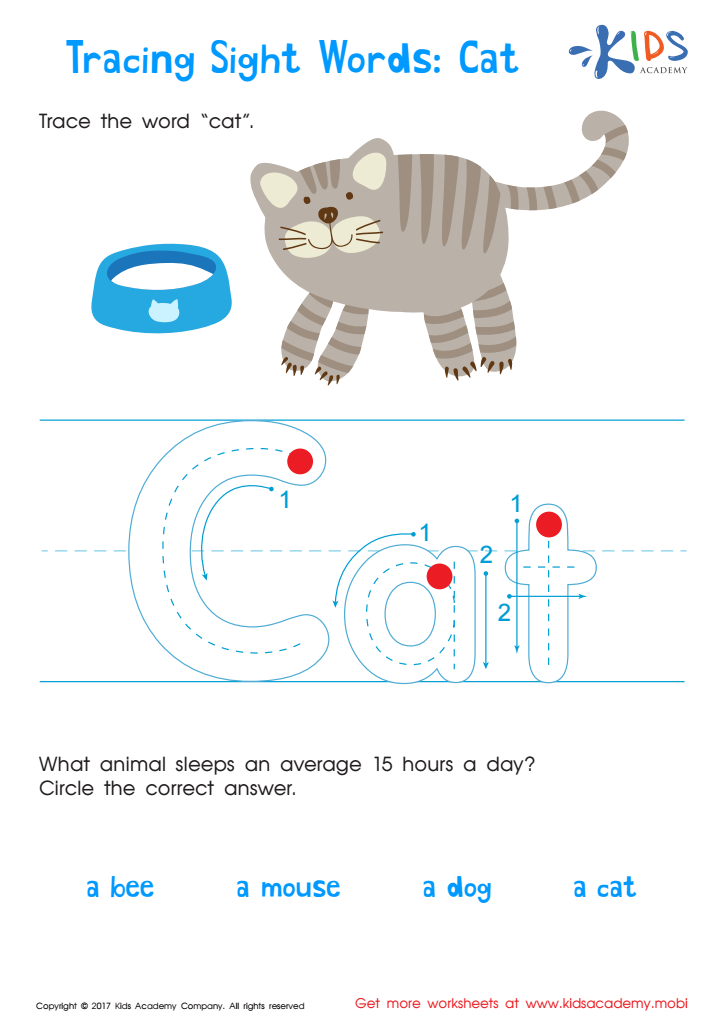

Cat Printable Sight Words Worksheet
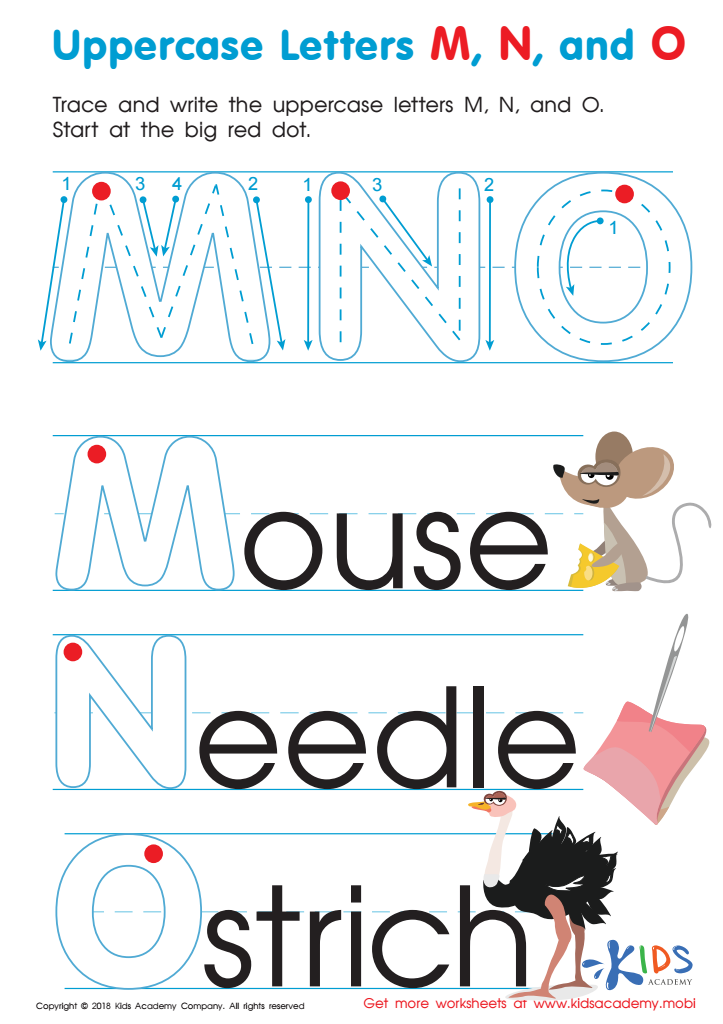

Uppercase Letters M, N, and O Worksheet
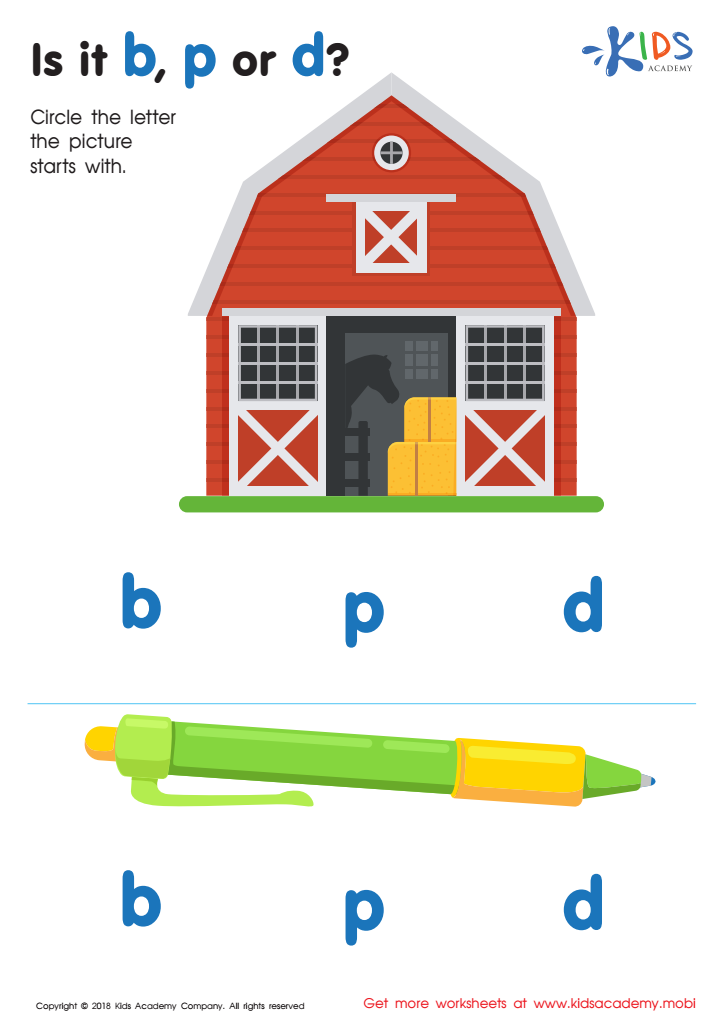

Is it b, p or d? Worksheet
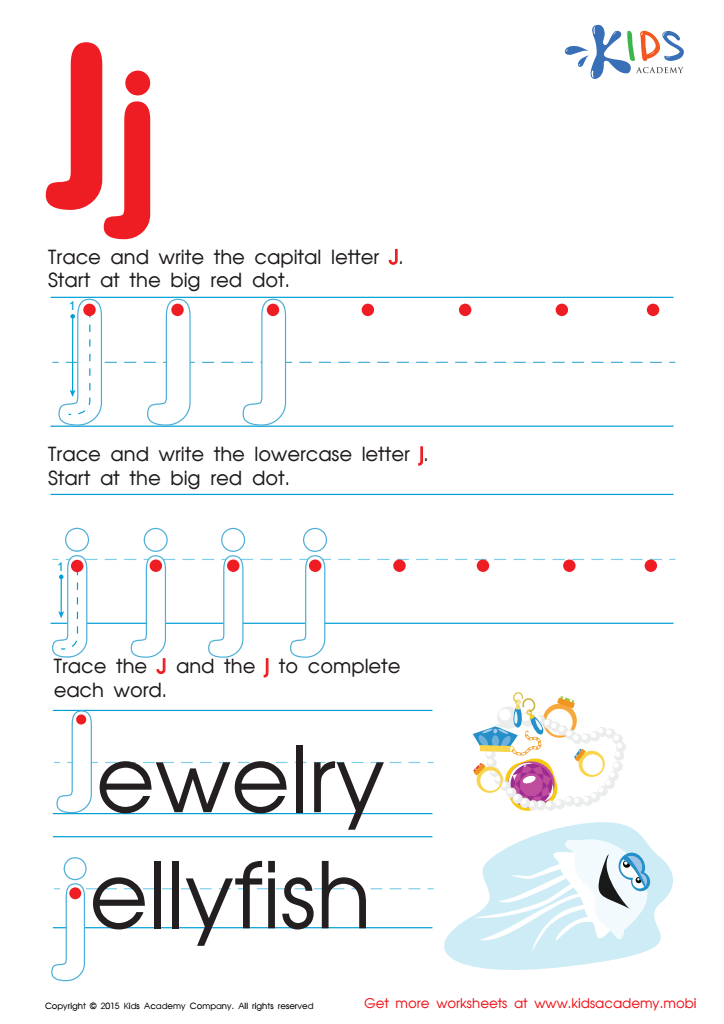

Letter J Tracing Page
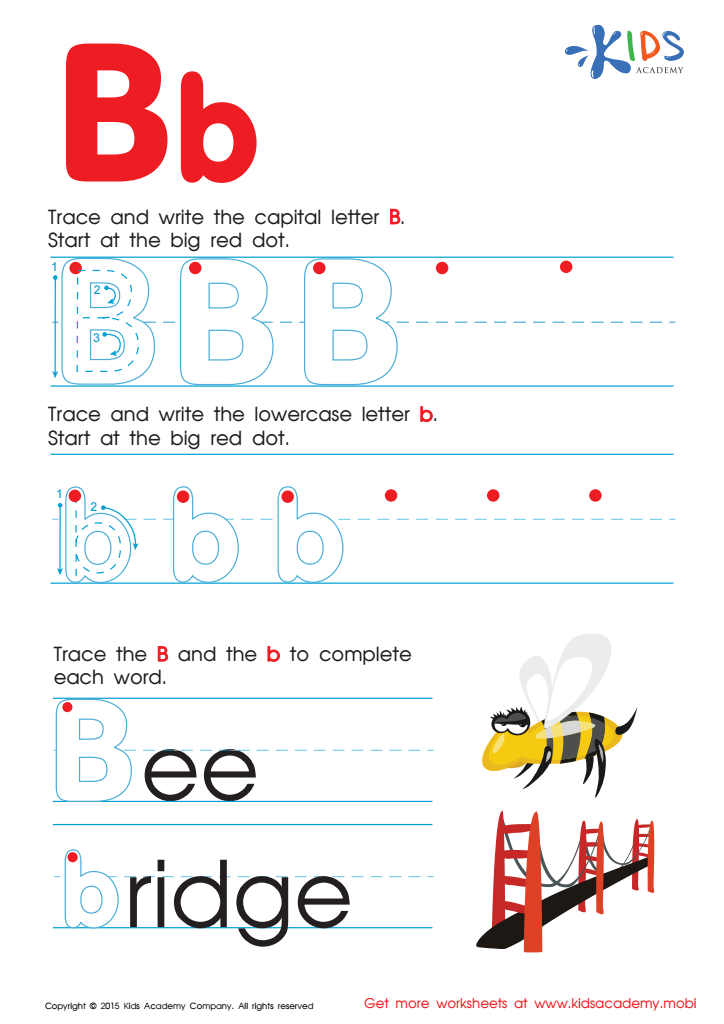

Letter B Tracing Page
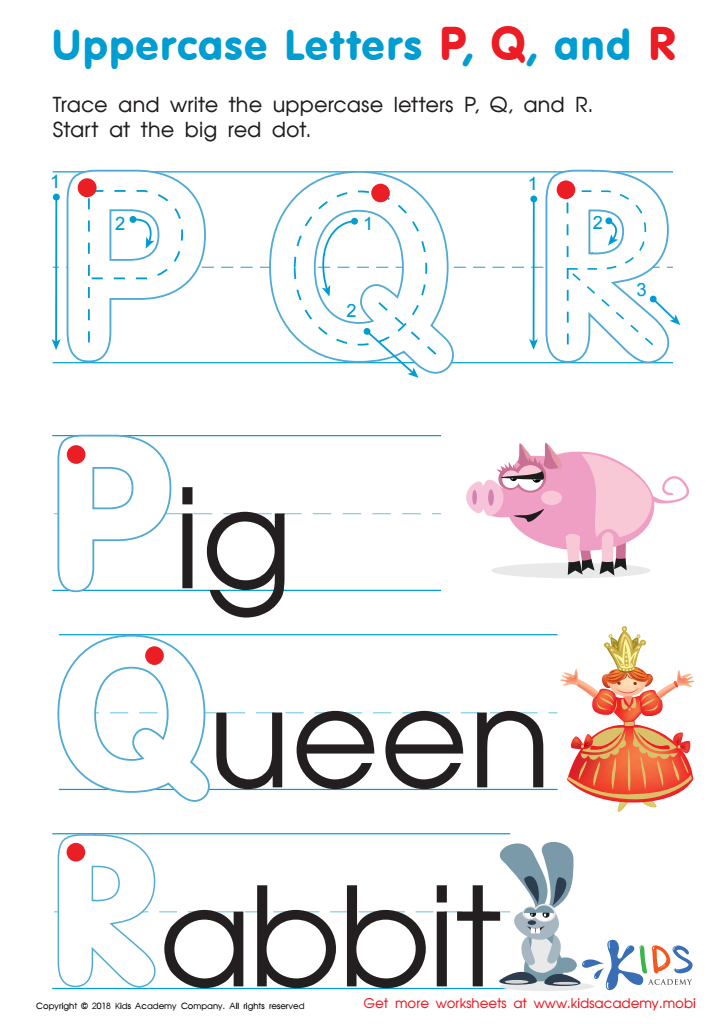

Uppercase Letters P, Q, and R Worksheet
Handwriting improvement in early childhood, particularly for children aged 3-9, is crucial for several reasons. Firstly, it contributes significantly to a child's fine motor skills development, which is essential for their overall coordination and dexterity. Mastering the normal alphabet through handwriting fosters their ability to control writing instruments, enhancing physical control and confidence in their abilities.
Secondly, legible handwriting is vital for effective communication. As children progress in their education, clear writing allows them to express their thoughts and ideas accurately. This skill becomes increasingly important for tasks like completing assignments, taking notes, and participating in assessments.
Moreover, handwriting is linked to cognitive development. The process of writing by hand engages memory and learning in unique ways, facilitating better retention and understanding of information. Children who practice handwriting are more likely to develop strong literacy skills, which provide a foundation for academic success.
Lastly, when parents and teachers prioritize handwriting improvement, they help instill a sense of pride and achievement in children. Positive reinforcement in this area encourages them to take initiative in their learning journey. Ultimately, focusing on handwriting lays the groundwork for effective communication skills and fosters independence in childhood education.

 Assign to My Students
Assign to My Students






